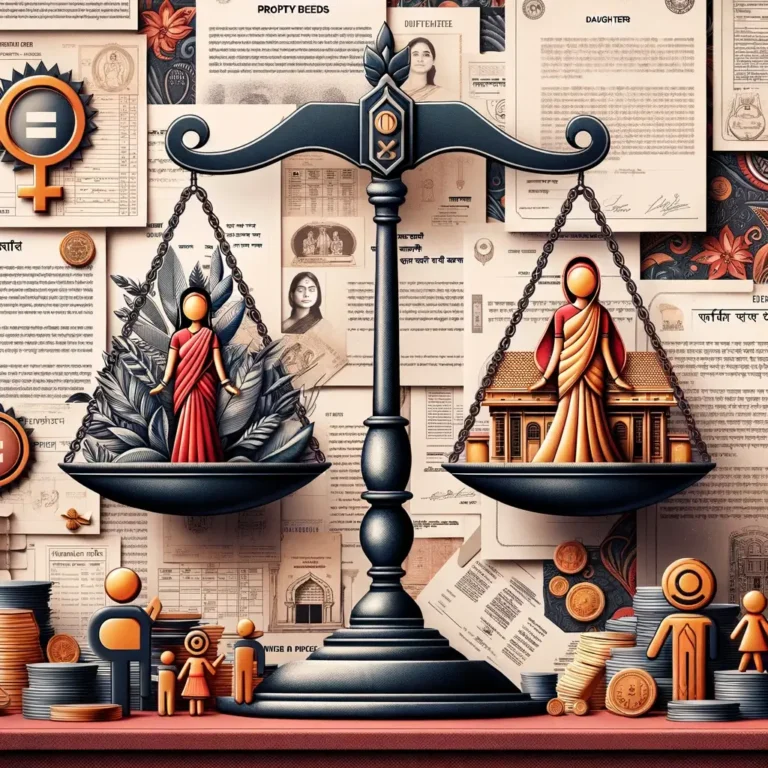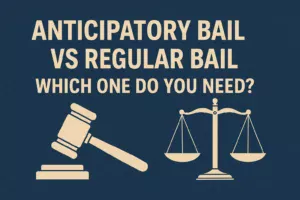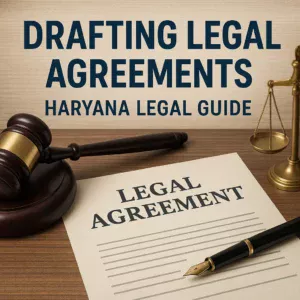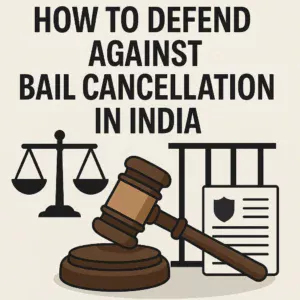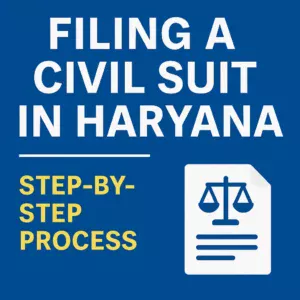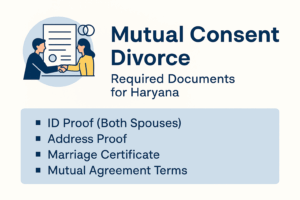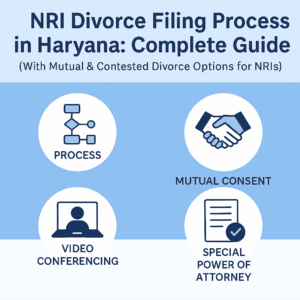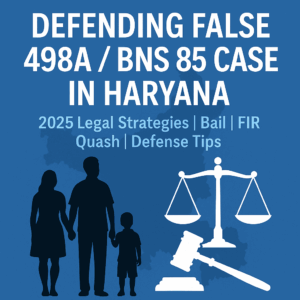This article will make you understand the process of filling a Public Interest Petition in India. Public Interest Litigation (PIL) is a powerful tool in the Indian legal system that allows citizens to access the courts to seek justice on behalf of the public. It has been instrumental in safeguarding the rights of the less fortunate and addressing matters of public concern. This article breaks down the process of filing a PIL in India into simple steps, making it easier for everyone to understand.
Understanding The Process Of Filing A Public Interest Litigation (PIL) In India
What is Public Interest Litigation (PIL)?
At its core, Public Interest Litigation (PIL) refers to legal actions initiated in a court of law for the enforcement of public interest or general interest in which the public or a particular community has a pecuniary interest or some interest by which their legal rights or liabilities are affected. It allows an individual or group to file a lawsuit on behalf of the public.
Why File a PIL?
The essence of PIL is to promote justice and ensure that the benefits of the legal system are accessible to the underprivileged and marginalized sections of society. It serves as a mechanism to address grievances against the violation of constitutional or legal rights, environmental issues, and matters affecting the welfare of the public at large.
Who Can File a PIL?
Eligibility Criteria
Any individual or non-governmental organization (NGO) can file a PIL on behalf of a group of people whose rights are affected. The petitioner does not necessarily have to be a direct victim.
How to File a PIL
Step 1: Legal Research
The first step involves conducting thorough legal research on the issue at hand. It is crucial to understand the legal rights violated and gather evidence to support the case.
Step 2: Drafting the Petition
The petition must be drafted carefully, stating the facts of the case, the rights violated, and the legal provisions applicable. It should clearly mention the issue of public interest and the relief sought.
Step 3: Filing the Petition
The PIL can be filed in either the Supreme Court or the High Court, depending on the issue and jurisdiction. The petition is submitted along with the necessary documents and evidence.
Step 4: Hearing and Judgment
Once the petition is filed, the court examines the case’s merits. If it finds sufficient grounds, it issues notices to the opposite parties and hears the case. The court may also appoint a commission or a committee to investigate the matter. After hearing both sides and considering the evidence, the court delivers its judgment.
Important Considerations
Costs Involved
Filing a PIL generally involves legal fees, court fees, and other miscellaneous expenses. However, courts can waive these fees for petitioners unable to afford them.
Misuse of PIL
While PIL is a powerful mechanism for justice, it is crucial to avoid its misuse for personal gain or to hinder administrative processes. The courts are vigilant against frivolous or vexatious PILs.
Final Thoughts
Public Interest Litigation in India symbolizes the judicial system’s commitment to the social justice paradigm. It empowers citizens to seek redress for the public good and uphold the Constitution’s values. Understanding and engaging in this process can significantly contribute to societal progress and the protection of public rights.
FAQ on Public Interest Litigation (PIL) in India
1. What is Public Interest Litigation (PIL)?
Public Interest Litigation (PIL) is a legal process allowing individuals or groups to file lawsuits in high courts or the Supreme Court on behalf of the public or affected communities to address issues of public concern.
2. Who can file a PIL?
Any individual or a non-governmental organization (NGO) can file a PIL on behalf of a group of people whose rights are affected.
3. Can a PIL be filed against a private party?
Yes, a PIL can be filed against a private party if the issue has a public interest component affecting a large section of society.
4. What issues can be addressed through PIL?
PIL can address various issues like environmental protection, human rights violations, consumer rights, and any other matter affecting the public interest.
5. Is there a fee for filing a PIL?
Yes, there is a nominal court fee for filing a PIL. However, the court may waive it for petitioners who cannot afford it.
6. How is a PIL different from a writ petition?
A PIL is filed for the public interest, while a writ petition is usually filed by an individual seeking relief against the violation of their fundamental rights.
7. Can a PIL be filed in any court?
A PIL can be filed in the Supreme Court or High Courts. Choosing the court depends on the jurisdiction and the nature of the issue.
8. What is the process of filing a PIL?
The process involves legal research, drafting the petition, filing it in the appropriate court, and following the judicial proceedings until a judgment is delivered.
9. Do I need a lawyer to file a PIL?
While it is possible to file a PIL without a lawyer, having legal expertise can significantly help in properly presenting the case.
10. How long does it take for a PIL to be resolved?
The time taken varies depending on the complexity of the case, court’s schedule, and procedural aspects, ranging from a few months to several years.
11. Can a PIL be dismissed?
Yes, if the court finds the PIL frivolous, lacking in merit, or not serving public interest, it can be dismissed.
12. What happens if a PIL is successful?
The court may provide the requested relief, issue directions to the concerned parties, or take other appropriate actions to address the issue.
13. Can the decision on a PIL be appealed?
Yes, the decision can be appealed in a higher court if the petitioner is not satisfied with the judgment.
14. Are there any risks involved in filing a PIL?
The main risk is that if the PIL is found to be frivolous or malicious, the court may impose fines on the petitioner.
15. Can a PIL be filed for any issue across India?
Yes, as long as the issue has a broad public interest, it can be filed concerning any part of India.
16. How does the court decide if a PIL can be admitted?
The court examines if the issue raised affects public interest, involves a constitutional question, and whether the petitioner has a genuine interest in the matter.
17. What kind of evidence is needed for a PIL?
Evidence can include documents, reports, photographs, and expert testimonies relevant to the issue being addressed.
18. Can a foreign national file a PIL in India?
Yes, a foreign national can file a PIL if it pertains to an issue of public interest in India.
19. How does a PIL benefit society?
PIL helps in promoting accountability, transparency, and responsiveness in governmental and other bodies affecting public welfare.
20. Is there a limitation period for filing a PIL?
There is no fixed limitation period, but it is advisable to file a PIL at the earliest after becoming aware of the issue.
21. Can a PIL be filed anonymously?
Generally, the petitioner’s details are required, but in exceptional cases, the court may allow anonymity to protect the petitioner.
22. What is the role of the court in a PIL?
The court assesses the evidence, hears the parties, and makes a judgment to address the issue in the public interest.
23. Can a group of citizens file a PIL collectively?
Yes, a group of citizens or an association can file a PIL collectively if they represent the affected community or public interest.
24. What legal provisions govern the filing of a PIL?
PIL is governed by the Constitution of India and the rules and regulations of the respective court where the PIL is filed.
25. Can a PIL result in a change in the law?
Yes, a successful PIL can lead to judicial pronouncements that may result in changes in laws or the formulation of new laws.
26. How to draft a PIL petition?
A PIL petition should clearly state the facts, the issue of public interest, the legal rights involved, and the relief sought, backed with necessary evidence.
27. Can a PIL be filed on environmental issues?
Yes, many PILs have been filed addressing environmental issues, leading to significant rulings on environmental protection.
28. What is the impact of PIL on Indian democracy?
PIL has had a profound impact on Indian democracy by making the judiciary accessible to the marginalized and addressing key societal issues.
29. Can a PIL challenge government policies?
Yes, if a government policy adversely affects public interest or violates constitutional provisions, it can be challenged through a PIL.
30. How are PILs monitored after the judgment?
The court may appoint committees or commissioners to monitor the implementation of its orders and ensure compliance.

